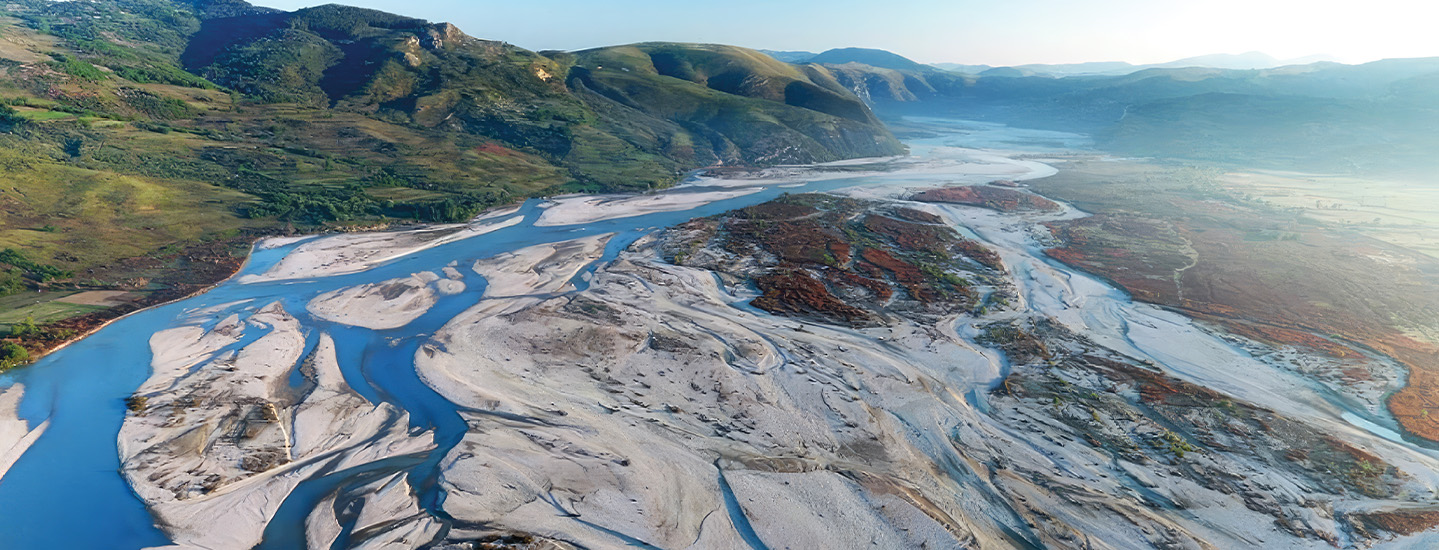Jim McMahon/Mapman®
The Vjosa River in Albania is known for its pristine blue water. But this majestic European river has a new claim to fame. Last March, the Vjosa and its tributaries became Europe’s first wild river national park.
A wild river is one that flows freely, untouched by human development. With its new status, the Vjosa will stay that way for the entirety of its 120-mile length in Albania. (The river runs a total of 168 miles from Greece through Albania to the Adriatic Sea.)
For decades, the Vjosa has faced threats from dozens of proposed dam projects. The projects aimed to supply the region with electricity through hydropower plants—structures that harness the energy of flowing water.

